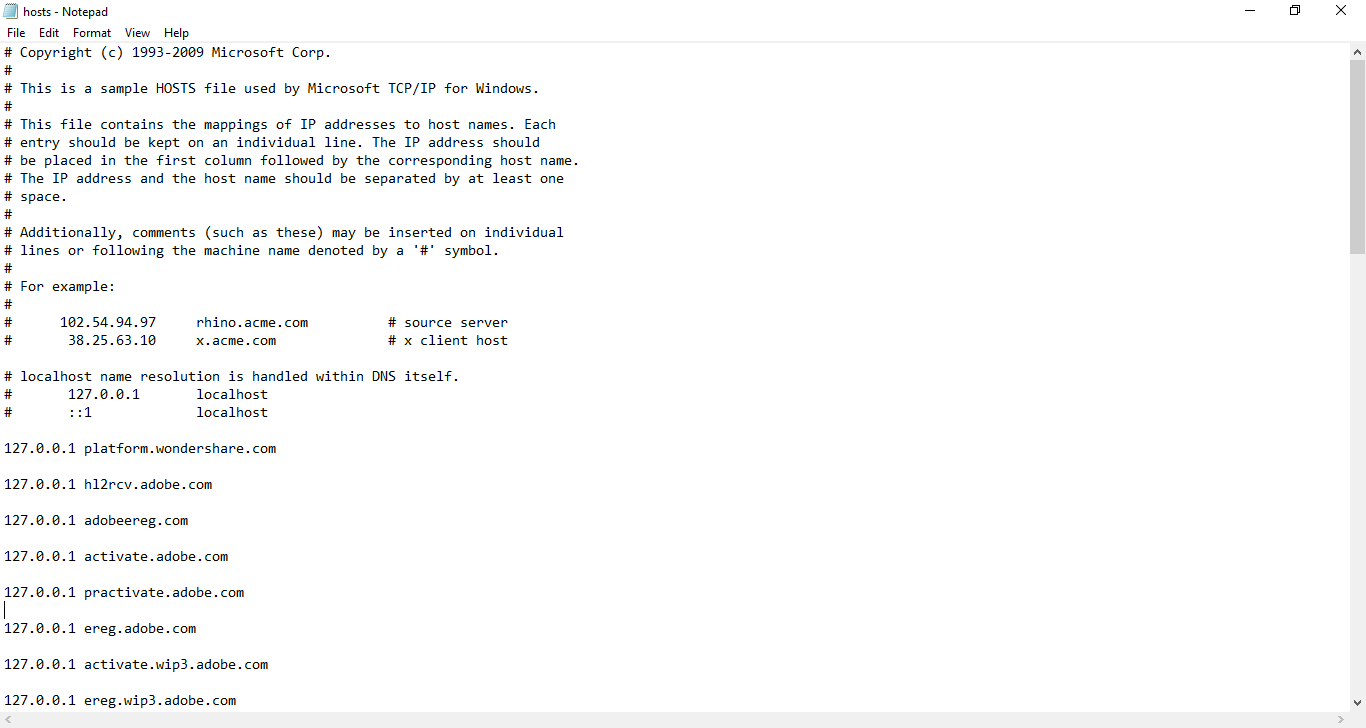

- ADOBE IP TO BLOCK FOR MAC REDDIT UPDATE
- ADOBE IP TO BLOCK FOR MAC REDDIT UPGRADE
- ADOBE IP TO BLOCK FOR MAC REDDIT WINDOWS
ADOBE IP TO BLOCK FOR MAC REDDIT WINDOWS
Will they be applying the latest Windows updates which removes Flash from operating system?.Do you have an IT or an End User Computing team that manages your desktop image, updates and applications? If so, definitely reach out to understand what the Flash EOL will mean for your organization.I suspect other operating systems including Apple MacOS may follow a similiar path in getting rid of Flash.
ADOBE IP TO BLOCK FOR MAC REDDIT UPDATE
In fact, just yesterday I came across an article where an upcoming Windows 10 update will completely remove Flash from the operating system and this change can NOT be reversed outside of restoring your Windows OS. In addition, older version of web browsers that support Flash will be removed and no longer be made available and Adobe itself will also stop the distribution of older releases of Flash all together. After 2020, this user override behavior will simply not exists. Not only are the mainstream web browsers removing Flash functionality, some of this has already been implemented by automatically "blocking" flash websites and if you wish to override that behavior, you must explicitly acknowledge and allow the content to be rendered. This actually got me thinking, what if we actually had waited until after the holidays to upgrade? Would it even be possible, would we run into any issues given the impending deadline? What affect would this have on the end users who may rely on a Flash-based UI interface? Well, it could mean some major fire drills and impact to your users if your organization is not ready and prepared.
ADOBE IP TO BLOCK FOR MAC REDDIT UPGRADE
With VMworld now behind us, it was time to really get serious about the upgrade and have Simon (new guy) rebuild the setup 😉 While Simon was getting familiar with the environment, I realized that he still needed to use the vSphere Flash Web Client to access some of the NSX-V specific configurations to better understand the existing setup. We had been holding off due to various projects and honestly, we just did not have the time. It has been around for 3-4 years now and it was originally setup with NSX-V and while it has served us well over the years, it was time for an upgrade and to move to NSX-T. However, the reality is that not every customer has been able to meet this deadline for one reason or another will still have VMware products running in their Production environment that uses Flash even after the official end of life.įor these customers, it is really important to understand what are some of the implications and considerations to be aware of leading up to end of the year.įor some background, since I have not met or spoken to a single person who will actually miss Flash nor is it a technology I tend to talk about 🙂 A few weeks back, I was talking to both Emad Younis and Simon Long about updating and rebuilding our internal VMware lab environment. The large majority of VMware customers have already migrated off to newer versions of VMware products that no longer rely on Flash and this announcement will be a no-op for them. This will also impact usage of VMware products that still uses Flash such as older versions of vSphere with the vSphere Flash Web Client or vCloud Director with their Flash-based Tenant UI as an example. Hopefully this news should not come as a surprise to anyone but at the end of this year (December 31, 2020), Adobe and all mainstream web browsers will remove Flash functionality preventing users from interacting with any Flash-based web applications.


 0 kommentar(er)
0 kommentar(er)
